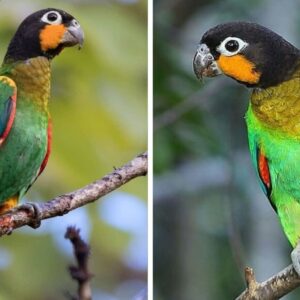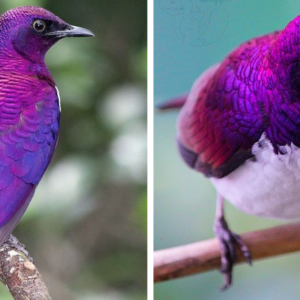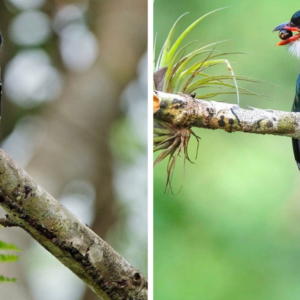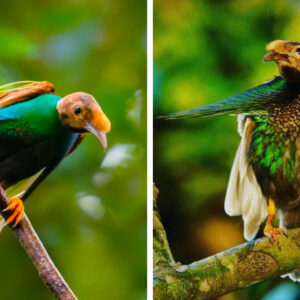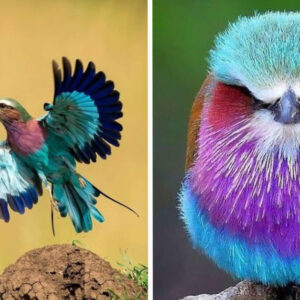In the intricate dance of nature, the Plain Prinia (Prinia inornata) emerges as a humble yet crucial participant, weaving its role in the fascinating relationship with the Oriental Cuckoo or Horsfield’s Cuckoo (Cuculus optatus). Let’s delve into the captivating narrative of how this unassuming bird plays a vital part in the life of the cuckoo.
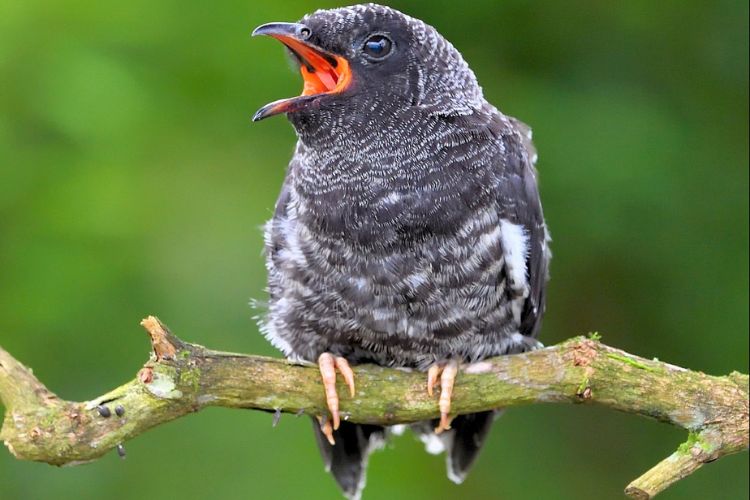

The Plain Prinia’s Habitat and Characteristics: Found in a variety of habitats, from grasslands to shrublands across Asia, the Plain Prinia is characterized by its subdued plumage and slender build. Despite its unremarkable appearance, this bird plays a significant ecological role, particularly in the feeding habits of the Oriental Cuckoo.
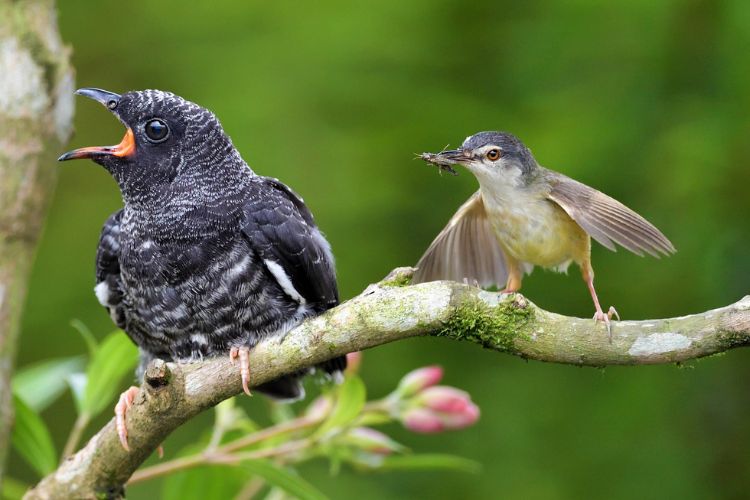

Feeding Dynamics: The symbiotic relationship between the Plain Prinia and the Oriental Cuckoo revolves around the parasitic nature of the latter. The cuckoo lays its eggs in the nests of other birds, including the Plain Prinia, relying on them to raise its young. The unsuspecting Prinia becomes a foster parent, dutifully providing food and care to the cuckoo chicks.
Parental Duties: The feeding behavior of the Plain Prinia takes center stage during the cuckoo chick’s developmental stages. With a diligent sense of duty, the Prinia tirelessly gathers insects, caterpillars, and other small invertebrates to satisfy the voracious appetite of the growing cuckoo nestling. This unwitting act of foster parenting is a testament to the interconnectedness of species in the intricate tapestry of the natural world.
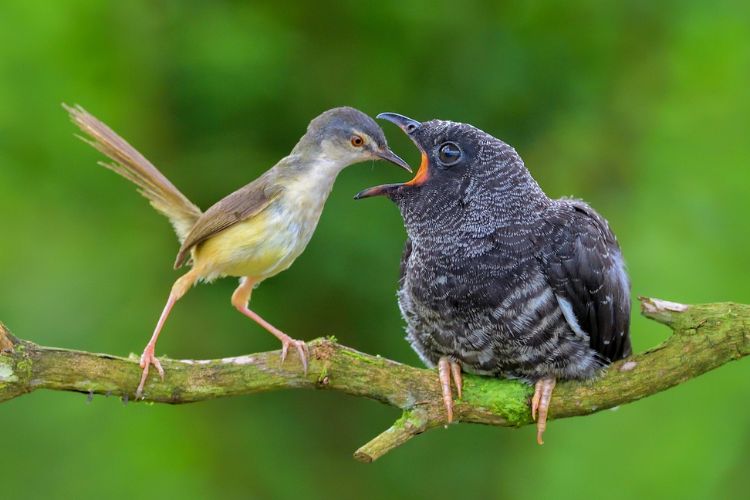

Conservation Significance: Understanding the dynamics between the Plain Prinia and the Oriental Cuckoo sheds light on the delicate balance within ecosystems. As we marvel at this unique interaction, it becomes crucial to consider the conservation of habitats that support both species. Protecting the diverse landscapes where these birds coexist is paramount for preserving the rich biodiversity they contribute to.
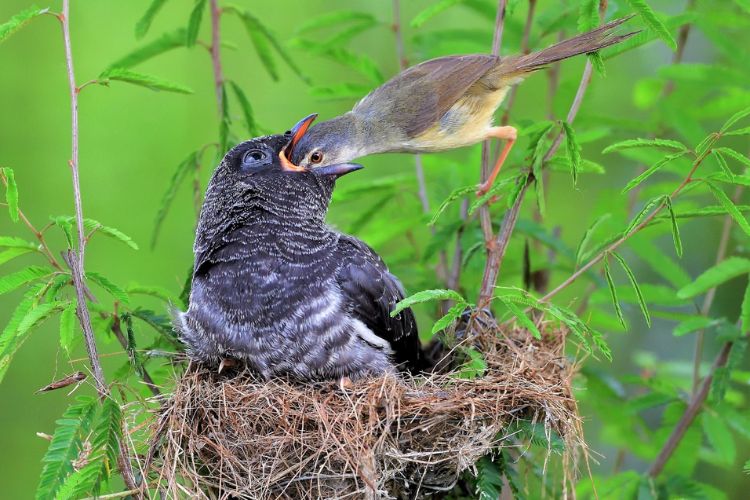

Conclusion: In the ballet of nature, the Plain Prinia emerges as a selfless provider, unknowingly nurturing the next generation of Oriental Cuckoos. This intricate interplay showcases the wonders of coexistence and highlights the importance of safeguarding habitats to ensure the continuity of such captivating ecological relationships. As we witness the Plain Prinia’s vital role in feeding the Oriental Cuckoo, let us embrace our responsibility as stewards of the environment, working towards the preservation of these remarkable connections in the natural world.
